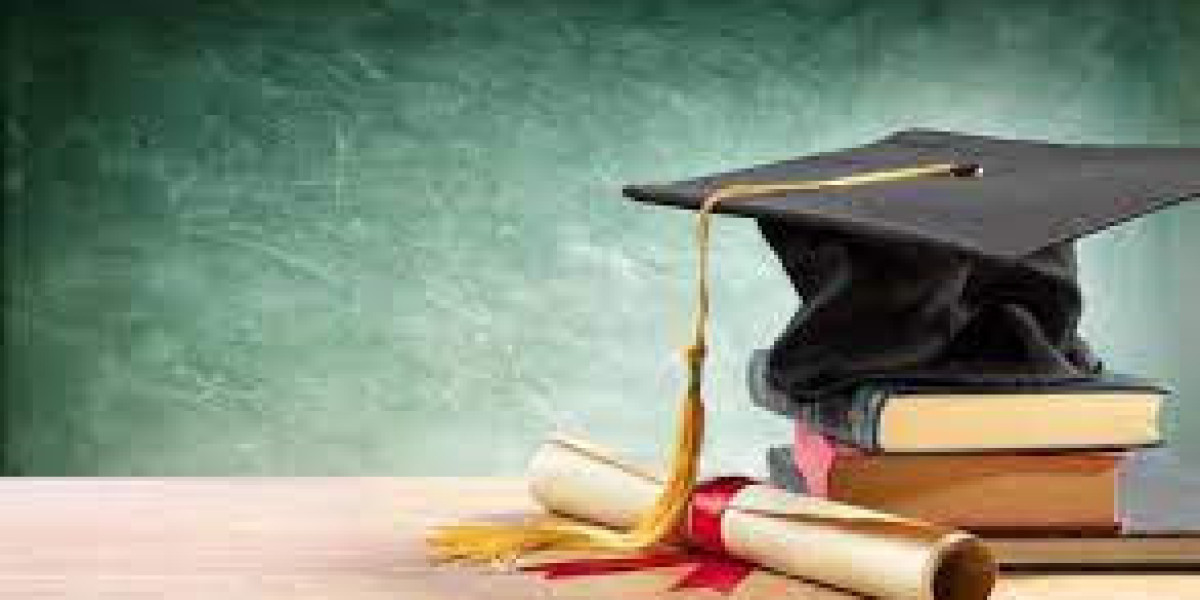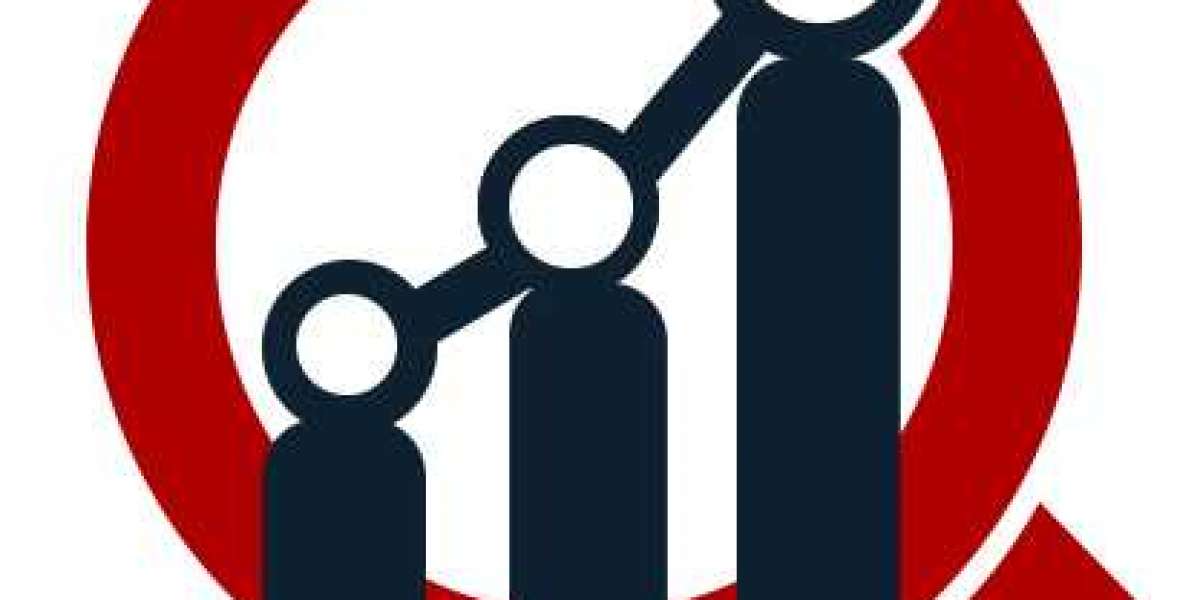Perhaps the largest and most pervasive issue in special education, as well as my own journey in education, is special education's relationship to general education. History has shown that this has never been an easy clear cut relationship between the two. There has been a lot of giving and taking or maybe I should say pulling and pushing when it comes to educational policy, and the educational practices and services of education and special education by the human educators who deliver those services on both sides of the isle, like me.
Over the last 20+ years I have been on both sides of education. I have seen and felt what it was like to be a regular main stream educator dealing with special education policy, special education students and their specialized teachers. I have also been on the special education side trying to get regular education teachers to work more effectively with my special education students through modifying their instruction and materials and having a little more patience and empathy.
Furthermore, I have been a mainstream regular education teacher who taught regular education inclusion classes trying to figure out how to best work with some new special education teacher in my class and his or her special education students as well. And, in contrast, I have been a special education inclusion teacher intruding on the territory of some regular education teachers with my special education students and the modifications I thought these teachers should implement. I can tell you first-hand that none of this give and take between special education and regular education has been easy. Nor do I see this pushing and pulling becoming easy anytime soon.
So, what is special education? And what makes it so special and yet so complex and controversial sometimes? Well, special education, as its name suggests, is a specialized branch of education. It claims its lineage to such people as Jean-Marc-Gaspard Itard (1775-1838), the physician who "tamed" the "wild boy of Aveyron," and Anne Sullivan Macy (1866-1936), the teacher who "worked miracles" with Helen Keller.
Special educators teach students who have physical, cognitive, language, learning, sensory, and/or emotional abilities that deviate from those of the general population. Special educators provide instruction specifically tailored to meet individualized needs. These teachers basically make education more available and accessible to students who otherwise would have limited access to education due to whatever disability they are struggling with.
It's not just the teachers though who play a role in the history of special education in this country. Physicians and clergy, including Itard- mentioned above, Edouard O. Seguin (1812-1880), Samuel Gridley Howe (1801-1876), and Thomas Hopkins Gallaudet (1787-1851), wanted to ameliorate the neglectful, often abusive treatment of individuals with disabilities. Sadly, education in this country was, more often than not, very neglectful and abusive when dealing with students that are different somehow.
There is even a rich literature in our nation that describes the treatment provided to individuals with disabilities in the 1800s and early 1900s. Sadly, in these stories, as well as in the real world, the segment of our population with disabilities were often confined in jails and almshouses without decent food, clothing, personal hygiene, and exercise.
For an example of this different treatment in our literature one needs to look no further than Tiny Tim in Charles Dickens' A Christmas Carol (1843). In addition, many times people with disabilities were often portrayed as villains, such as in the book Captain Hook in J.M. Barrie's "Peter Pan" in 1911.



